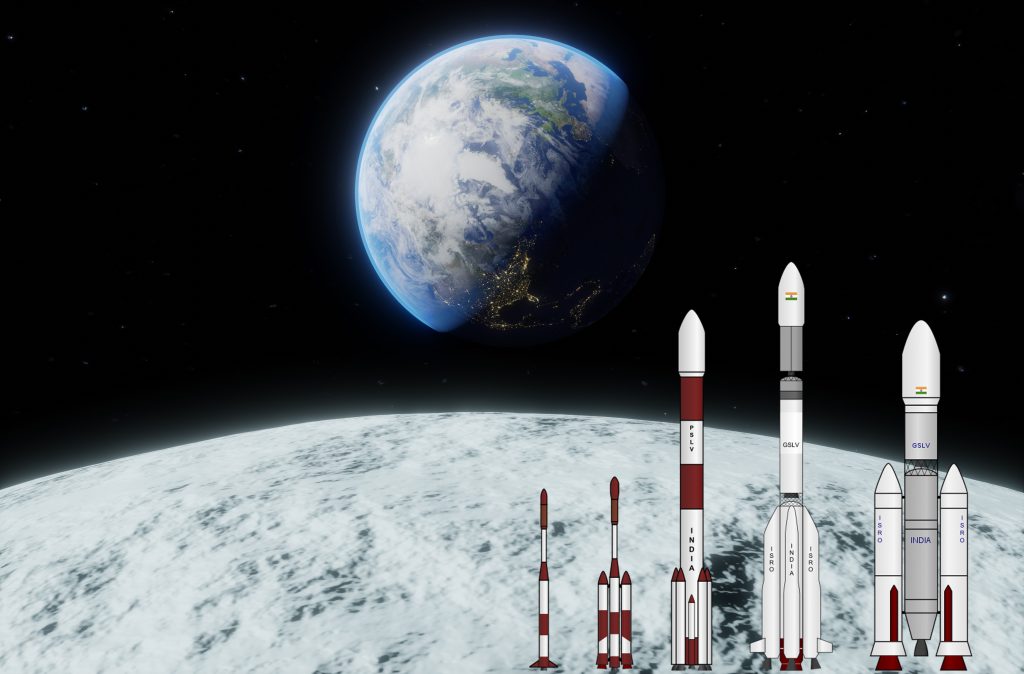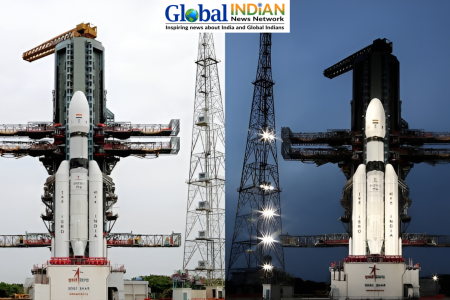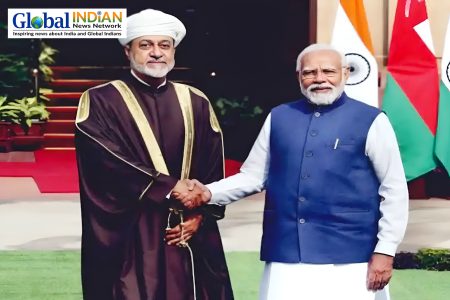 India’s Prime Minister, Narendra Modi, announced ambitious goals for ISRO, inspired by the Chandrayaan mission’s success. During a briefing by ISRO Chairman S. Somanath, Modi directed ISRO to establish an Indian Space Station by 2035 and send the first Indian astronaut to the moon by 2040. The timeline for India’s first human space flight is now set for 2025.
India’s Prime Minister, Narendra Modi, announced ambitious goals for ISRO, inspired by the Chandrayaan mission’s success. During a briefing by ISRO Chairman S. Somanath, Modi directed ISRO to establish an Indian Space Station by 2035 and send the first Indian astronaut to the moon by 2040. The timeline for India’s first human space flight is now set for 2025.
Prime Minister Modi envisioned further space exploration, including interplanetary missions like a Venus Orbiter Mission and a Mars Lander, alongside a more detailed moon exploration. The Department of Space will create a roadmap for moon exploration, featuring a series of Chandrayaan missions, a Next Generation Launch Vehicle (NGLV), new launchpad construction, and human-centric laboratories.
The Gaganyaan Mission, initially planned for 2022, is now scheduled for a 2025 launch. The mission intends to send two astronauts to low earth orbit. The successful lunar landing on August 23 and the subsequent launch of the Aditya L-1 spacecraft to study the Sun showcase India’s growing capabilities in space exploration.
The Aditya L-1 mission will focus on studying the solar atmosphere, solar magnetic storms, and their impact on Earth’s environment. This signals India’s commitment to reaching new heights in space exploration, as Modi expressed confidence in the nation’s capabilities. The meeting underscored India’s changing role in space endeavors following Chandrayaan’s success.












